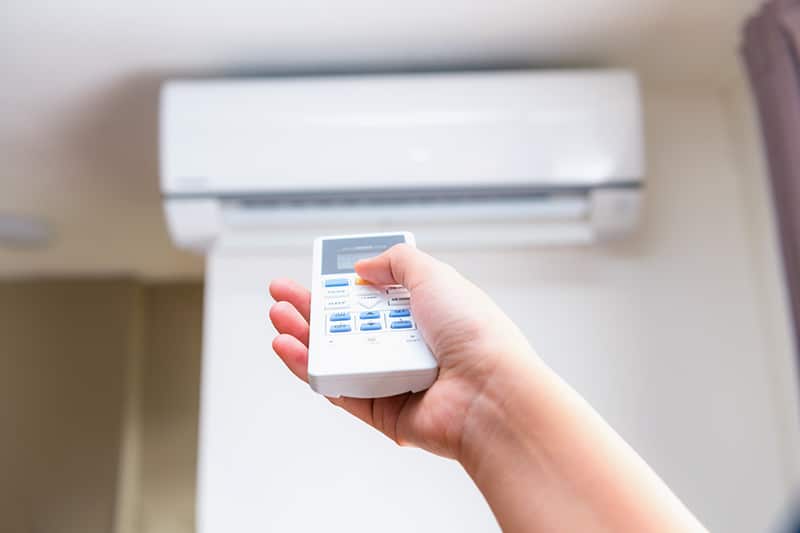Air conditioning and evaporative cooling are prevalent. Technically, evaporative cooling is a form of air conditioning, but we’re comparing the two based on their cooling methods.
Evaporative cooling refers to water-based roof-mounted systems. Wall-mounted split systems and ducted solutions may heat and chill. Dual-function reverse cycle.
Both systems are effective, but neither is universal. Evaporative cooling vs air conditioning: a no-holds-barred duel. We’ll walk you through the main event to help you decide which is best.
What’s The Difference Between Evaporative Cooling And AC?
An evaporative cooling system uses water to chill air and moves it around your home, while air conditioning (split systems and ducted) relies on refrigerant gases and a chemical process. There’s more to consider when backing a winner.
What Is Evaporative Cooling?
Evaporative cooling is eco-friendly and efficient. The roof-mounted unit filters hot, dry air via water-filled cooling pads. The water evaporates to generate a cooling vapor. Through unobtrusive vents, the system’s fan disperses air to a central area or preferred rooms.
Evaporative cooling devices are often called swamp coolers, however, they’re useless under excessive humidity.
How Does Reverse Cycle Ac Work?
Split systems, multi-head units, and ducted air conditioners all use refrigerant gases. Most units produce reverse-cycle air, so they can heat and chill all year.
One unit indoors and a compressor outside make up an air conditioner. The two work together to remove hot air from the home while refrigerant gas cools incoming airflow. Air conditioners are efficient, but their high running costs make them expensive for some.
1. The Price
A new system’s pricing depends on size, performance, and installation complexity. The split system air conditioner is the most economical equipment.
The ducting, ventilation, compressor, and installation needs vary per job. The best approach to finding the upfront cost is to compare estimates.
2. Running Costs
Evaporative cooling is an affordable option. These fan-and-pump systems are more energy-efficient than refrigerant air conditioning.
Heating and cooling account for 20% to 50% of a building’s energy use, so using an evaporative unit or refrigerated air conditioner with a high energy rating can reduce your electricity expenditures.
3. Healthy Choice
Split and ducted AC recirculate indoor air, lowering its quality and exposing occupants to dust and allergens.
Evaporative coolers use fresh air, which is healthier for breathing. Good evaporative coolers evaporate water when it’s not needed, so there’s no standing water to promote bacteria. Dusty ventilation systems or external pollutants can damage evaporative cooling’s fresh air quality.
4. Green
Evaporative coolers utilize less energy than air conditioners and emit no gas, minimizing your carbon impact.
Each generation of air conditioners is more environmentally benign than the last, although they contribute to greenhouse gas emissions through energy use.
5. Show
Both provide great climate control, but evaporative cooling is less effective in humid conditions. Since the cooling effect relies on evaporating moisture, these systems perform best in hot, dry circumstances and can’t achieve intended results when the outside air is damp.
6. Temperature Control
Evaporative cooling isn’t heating. It’s cool. An evaporative system may have fan speed or strength options, but it will always be cooling. So a winter heating solution may be needed. Modern air conditioners are reverse cycle, so you may be comfortable year-round.
Doors and windows should be left open while using an evaporative cooler so hot air may escape. On a 40-degree day, you may not want the doors or windows open. A reverse cycle system removes warm air as it cools.
